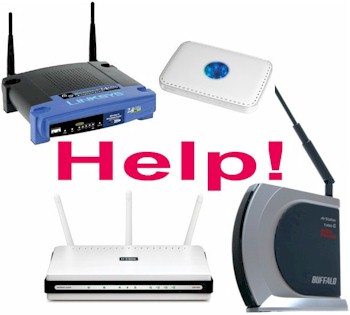EDITED to clarify:
At the RISK of backing up a Bit...
I feel this statement may be one of the most beneficial to understand & I think it touches on some very misunderstood aspects regarding router radio channels, Access Points, & Mesh Networks.
My question stems from me recently enabling AiMesh & using the Android app Wifi Analyzer on a phone.
I was somewhat disappointed to see, despite me turning down the power (which I could only do on the primary router) & trying to separate the physical distance of my two RT-AC68U (One=Node of course)...
The Parabolic Channel Curves of the primary router & node directly overlap one-another.
It is my "limited understanding" that basically any waveform overlap is "possibly" INTERFERENCE & "maybe" only the difference between the two curves is USABLE bandwidth?
Is this logic, Correct?
If so... to maximize WiFi throughput... I'd be better off putting the node in AP mode, & ensuring my two RT-AC68U's did not overlap with each-other.
Thus WiFi clients connected to 2-different RT-AC68U devices BUT it would most likely leave more bandwidth available for network control.
+I feel the other MISUNDERSTOOD point (especially with Mesh) is...
Wouldn't we typically be better off lowering our (Router/AP) power as much as possible (yet still maintain desired WiFi connections) to each AP.
Especially if we could get our neighbors to do so... but not always possible.
I think people forget the idea with Mesh should be, More Nodes @Less Power.
Simply deploying More Nodes & Blasting at Max Power will further pollute nearby Radio waves.
But with MESH isn't it still best to eliminate any overlap (even between a Mesh router & Node)... so far with my AiMesh it doesn't seem to behave as such.
As Tech9 mentioned earlier, channel separation can also be done by narrowing the channels.
But the trade off is less throughput or bandwidth available for a narrower wifi channel.
Or am I totally missing something & with Mesh it's totally OK to have the two different devices overlap each-other???
You can adjust the power levels with Asus.
You can't put nodes on different channels with AI Mesh. Maybe Merlin firmware might allow this.



